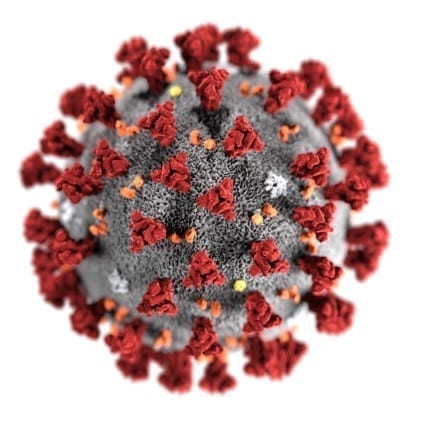NASHVILLE, TN – We were warned but stuck our heads in the sand and didn’t see the pandemic coming. Suddenly we found ourselves at war against an invisible enemy. The first casualty was the truth.
It will all be over by Easter. We have plenty of PPEs. African Americans are immune. The virus only hits old people. It won’t tank the economy. And so on.
The amount of bull that’s been shoveled for public consumption is greater the higher up the chain of command you go. Nobody can beat the President for tripe and outright chicanery. Governor Bill Lee followed close behind, apparently believing what Washington was telling him and by telling us the feds were going to provide enough medical supplies to handle the crisis if we needed them. We needed them and they didn’t supply them. They didn’t have any.
Then there was Mayor Cooper who told reporters that we had plenty of resources to beat the virus. And the ever-optimistic Dr. Alex Jahangir, who, after being asked several times “How many test kits do you have?” eventually evinced that he was happy about the number. It took him three weeks to get “happy”.
The lack of candor from official sources has created a credibility gap on top of a public health crisis. Officials seem to be doing better lately with the truth. Now they are telling us social distancing has flattened the infection curve, so maybe there is reason for optimism.
Should we believe them? There are two competing models out there, one by Vanderbilt University epidemiologists and another by University of Washington researchers at the Institute for Health Metrics and Evaluation (IHME), a global health research center.

Both models used the same data from Wuhan, China, where the pandemic began, and both say it will last much longer if social distancing is stopped too soon. But they differ by several weeks when they predict the peak will be reached in Tennessee. One says we will reach the peak in April; the other says May or even June.
A Vanderbilt University Health Policy expert told the Tribune that the two teams made some different assumptions when they constructed their models. The IHME model predicted an earlier peak by assuming Tennessee would keep the number of deaths low as doctors in China did in Wuhan. The Vanderbilt team assumed Tennessee would have a comparable number of hospitalized patients to Wuhan.
“But by grafting the Wuhan experience onto Tennessee, the IHME model essentially makes an even more optimistic assumption than our optimistic scenario—and thus arrives at that peak earlier,” said Dr. John Graves, Professor of Health Policy at Vanderbilt University.
Bad or incomplete data are two reasons why scientific predictions can be quite different. With COVID-19 it comes back to the lack of test kits. The way scientists accurately predict the spread of disease is by looking for it randomly in a population. If you only test sick people, as we did in the U.S. because we didn’t have enough tests, you won’t get an accurate picture. And most importantly, you won’t get a handle on the number of asymptomatic carriers of the virus who can spread it but do not show symptoms.
So without good data, health policies like quarantines and stay-at-home orders are responding blindly and are likely to be ineffective or at the very least inefficient. Resources can be placed where they are most needed if you know where the disease is spreading fastest.
So, widespread testing as well as social distancing, isolation, and quarantine should be part and parcel of a good public health response to an epidemic like COVID-19. We did not do that in the U.S. and now we have more COVID-19 victims than any other country in the world.
As of April 18, 6,762 have tested positive, 719 people in Tennessee have been hospitalized with the disease, and 145 people have died. Graves and his colleagues say lifting restrictions too soon would keep doubling serious cases every few days until by mid-May 50,000 people would need to be hospitalized.
“Only a fraction of the people who have been infected have been tested,” said Graves. He said a sustained drop in cases is necessary before social distancing should be relaxed. The model that his Vanderbilt colleagues created for COVID-19 is specific to Tennessee.
“We have to think about this like a multi-stage relay race where social distancing can begin to pass off to the next leg of the relay and that means reliable and speedy testing and contact tracing. Absent that we risk have an epidemic surge out of control once again,” he said.
Health authorities are talking about testing more widely but the medical protocol to only test symptomatic patients is still in place throughout Davidson County and throughout most of the country. The risk of a worsening epidemic will continue until we find out exactly who is positive. Without knowing that all-important information, any prediction about when the peak has been reached or if we can go back to work, or whether the epidemic will return later is impossible to know for sure.
Vanderbilt researchers recently updated their model and it shows the virus slowing down in some regions but not in others.
Governor Lee is talking about slowly opening up the state to get the economy running again. We will address these issues in an upcoming article. Stay tuned to the next chapter in the COVID-19 story.

